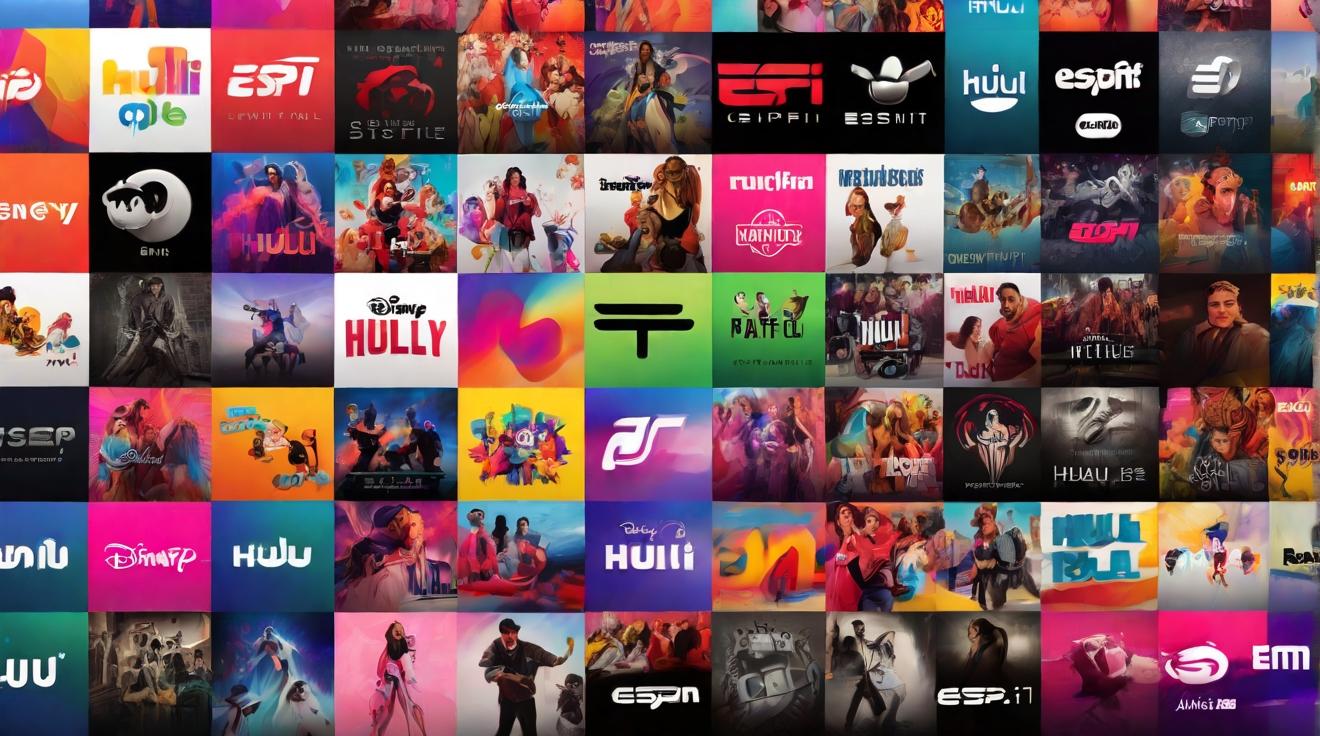Huawei Introduces SuperPoD Interconnect to Bolster AI Compute Power
At its Huawei Connect conference held on Thursday, the Shenzhen-based technology giant revealed a new AI infrastructure technology designed to enhance its competitive position against leading chipmaker Nvidia. The company announced the SuperPoD Interconnect, a system capable of linking up to 15,000 graphics processing units (GPUs), including Huawei’s proprietary Ascend AI chips, to significantly increase total compute capacity.
Targeting Nvidia’s Dominance in AI Hardware
The SuperPoD Interconnect technology appears to be a direct competitor to Nvidia’s NVLink, which enables high-speed communication between Nvidia GPUs to accelerate AI workloads. By enabling large-scale clustering of GPUs, Huawei aims to compensate for the relative underperformance of its individual AI chips compared to Nvidia’s offerings.
This capability is crucial for training and scaling complex AI models, where aggregate compute power often outweighs single-chip performance. Huawei’s approach suggests a strategic pivot to leverage distributed compute architectures to remain relevant in a market dominated by Nvidia.
Context: Nvidia Hardware Ban in China
This announcement comes just one day after Chinese regulators imposed restrictions preventing domestic technology companies from procuring Nvidia hardware, including Nvidia’s RTX Pro 600D servers specifically tailored for the Chinese market. This regulatory move effectively sidelines Nvidia’s direct hardware presence in China and creates an opening for domestic alternatives like Huawei’s AI infrastructure.
While Huawei has not disclosed detailed specifications or deployment timelines for the SuperPoD Interconnect, this initiative clearly aligns with broader national efforts to reduce dependence on foreign semiconductor technology amid ongoing geopolitical tensions.
TechCrunch has reached out to Huawei for further details but has yet to receive additional information.
FinOracleAI — Market View
Huawei’s introduction of the SuperPoD Interconnect provides a strategic response to Nvidia’s effective exclusion from the Chinese market. By enabling large-scale GPU clustering, Huawei could enhance its AI compute offerings despite individual chip performance gaps. However, execution risks remain high, including technological maturity and adoption hurdles. Market participants should monitor Huawei’s ability to commercialize this infrastructure and the impact of China’s regulatory environment on Nvidia’s market share.
Impact: positive













